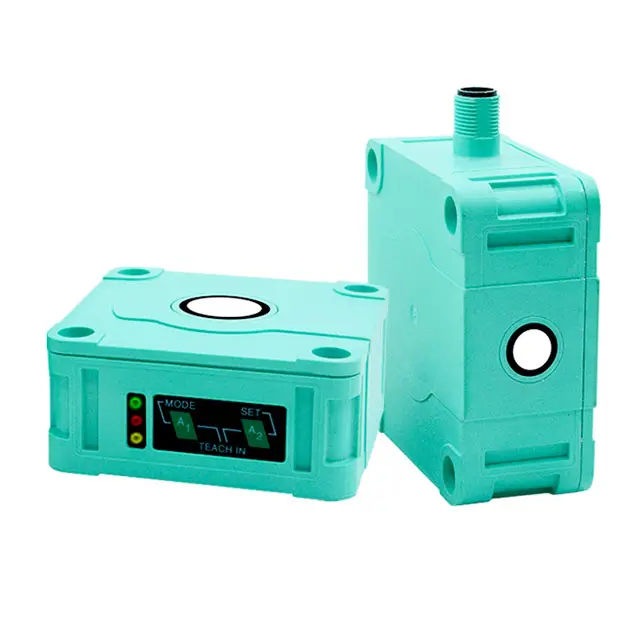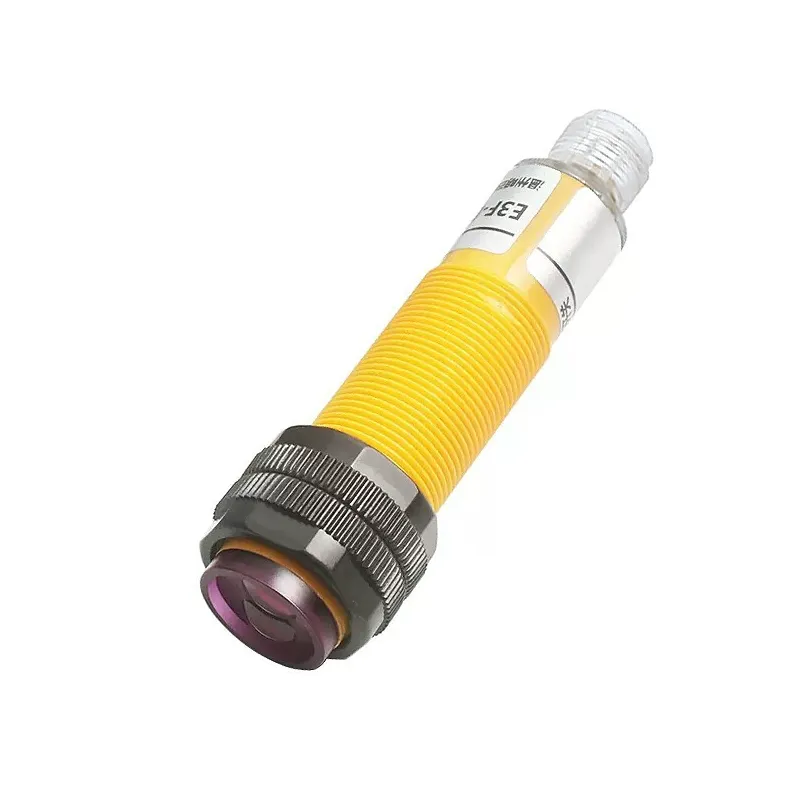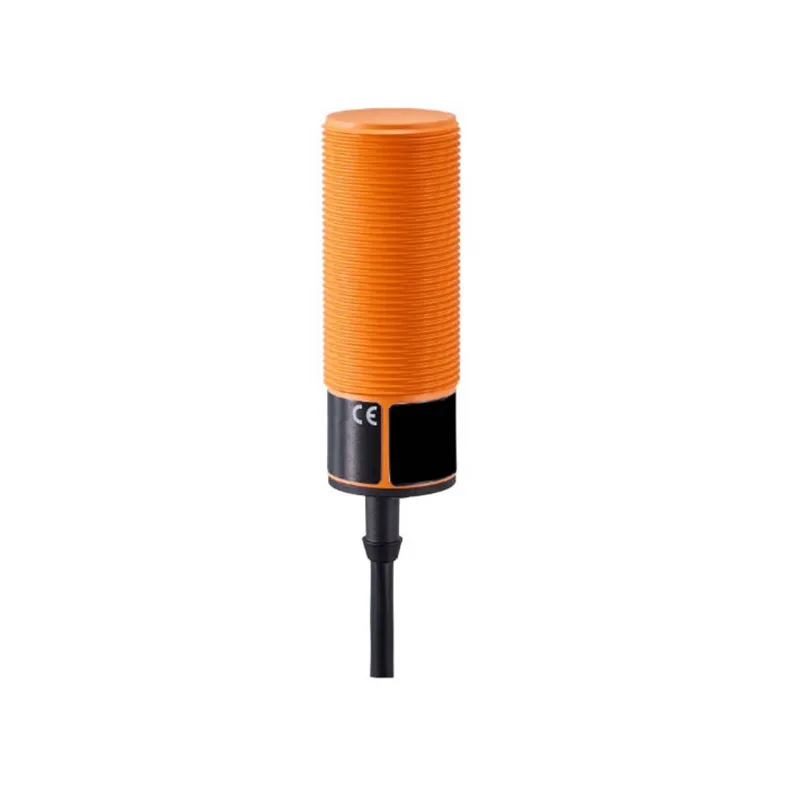photo sensor switch
A photo sensor switch, also known as a photoelectric switch, is an advanced electronic device that uses light detection technology to automate various control functions. This sophisticated device consists of a light-sensitive detector that responds to changes in light intensity, triggering switching mechanisms for different applications. The switch operates by emitting a beam of light and detecting its presence or interruption, making it ideal for both indoor and outdoor applications. The technology incorporates various sensing modes, including through-beam, retro-reflective, and diffuse reflection, allowing for versatile implementation across different environments. These switches are engineered with precise calibration capabilities, enabling them to differentiate between ambient light and targeted light sources, thus ensuring reliable operation in various lighting conditions. Modern photo sensor switches often include adjustable sensitivity settings, digital displays for easy programming, and robust housing designed to withstand challenging environmental conditions. They can operate in temperatures ranging from -25°C to 55°C and typically feature IP65 or higher protection ratings for dust and water resistance. The response time of these devices is remarkably quick, usually within milliseconds, making them suitable for high-speed applications.









